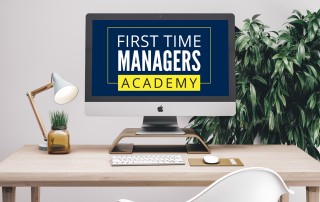Leadership Caffeine™—How Effective Leaders Use Reframing to Tackle Challenges
For individuals involved in the world of design and design thinking, reframing vexing problems is a standard part of the process. For the rest of us, a bit of design thinking focused on reframing is invaluable in our daily labors. Here are some ideas to help you jump-start your reframing activities in pursuit of better solutions in the workplace:










